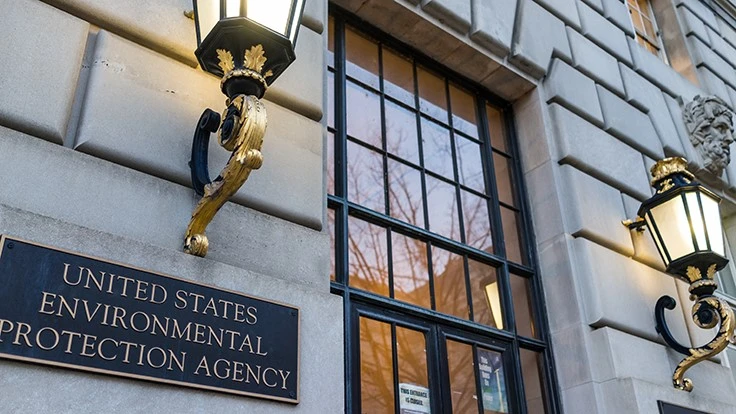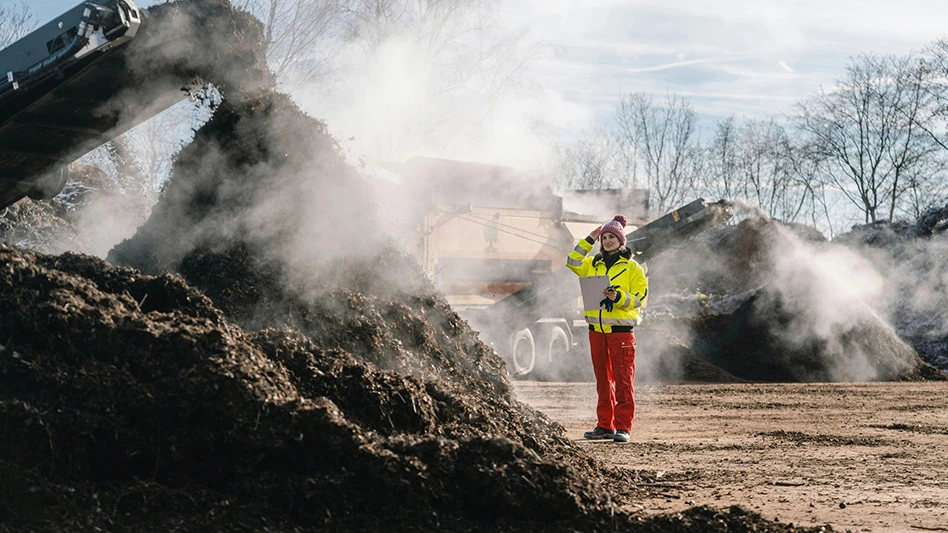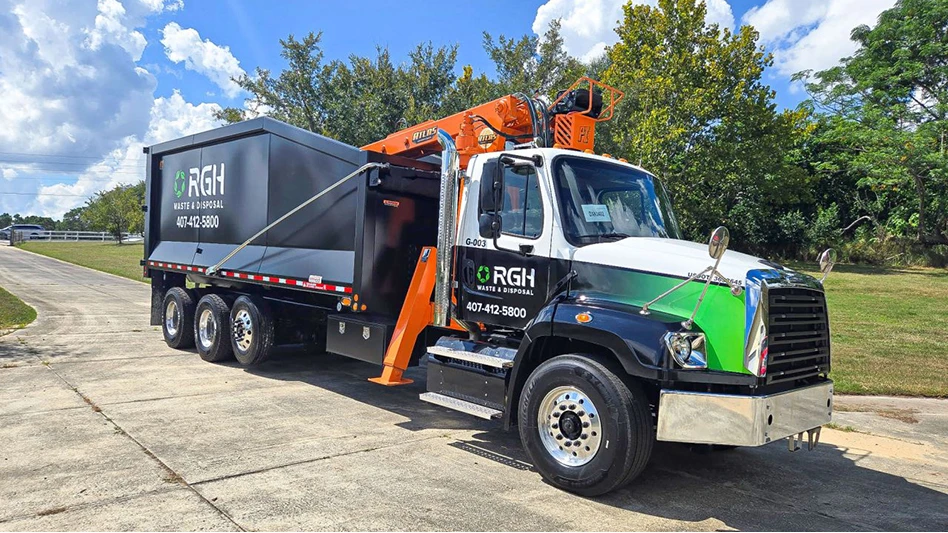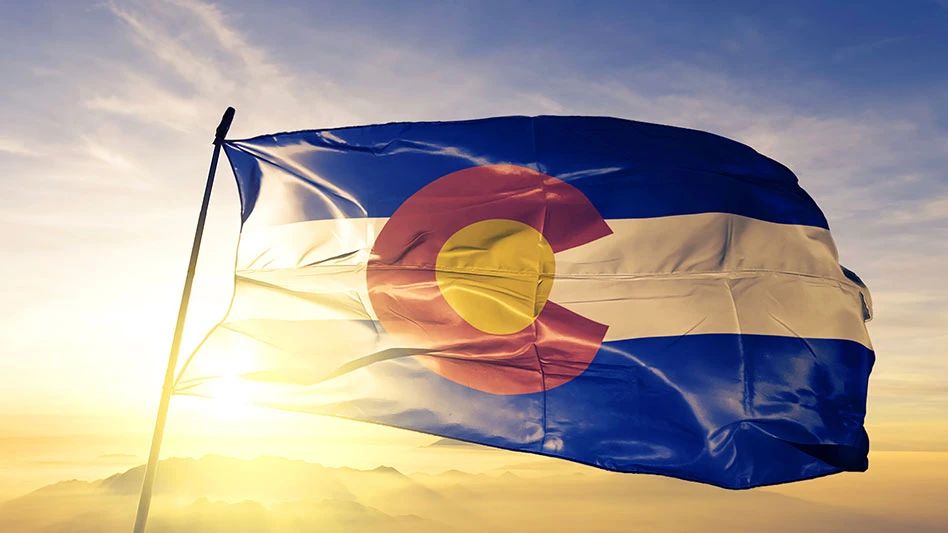
The U.S. Environmental Protection Agency (EPA) has unveiled its review of over a dozen existing laws in order to better protect marginalized communities from pollution.
Referred to as a “legal toolbox” to help the agency work toward broadened environmental justice (EJ) efforts set forth by the Biden Administration, the updated 191-page document reflects statutory changes that have been made since the EPA published its first iteration in 2014.
“[The] ‘EPA Legal Tools to Advance Environmental Justice’ is intended to help EPA, together with its state, tribal and local partners, achieve the shared goal of protecting the health and environment of all personas across the U.S. and in all communities,” states the EPA.
The updated toolbox provides more detail and expands upon other authorities under the EPA, such as Clean Air Act (CAA) programs, water programs, solid waste and emergency response programs, pesticides and toxics programs, as well as grant assistance.
EPA Administrator Michael Reagan states in the document’s introduction that the toolbox “showcases a wide range of legal authorities that EPA can deploy to ensure its programs and activities protect the health and environment of all people, no matter the color of their skin, their zip code or how much money they have in their pocket.”
As reported by Bloomberg Law, the roadmap also reflects Regan’s 2021 call to all employees to find more ways to integrate environmental equity in their work as the administration pushes to make environmental justice a key platform across agencies.
Overall, the document outlines a more detailed discussion of how EPA can wield civil rights law that bars discrimination, including in programs and activities awarded funding from the agency.
While the document is primarily written for internal use, it also could assist states authorized to enforce environmental law and regulations as well as environmental justice advocacy groups and industry attorneys.
Latest from Waste Today
- New York finalizes greenhouse gas emissions reporting regulations
- EPA selects 2 governments in Pennsylvania to receive recycling, waste grants
- NWRA Florida Chapter announces 2025 Legislative Champion Awards
- Yolo County reports fatality at Central Landfill
- New Way expands Canadian presence with Joe Johnson Equipment partnership
- Buffalo Biodiesel shares updates on facility modernization, NYSDEC compliance
- CETY launches HTAP platform for anaerobic digestion facilities
- Terex Ecotec announces Blue Machinery as distributor





